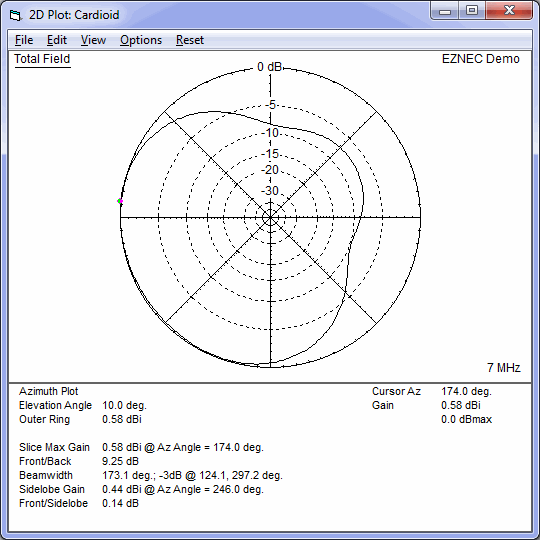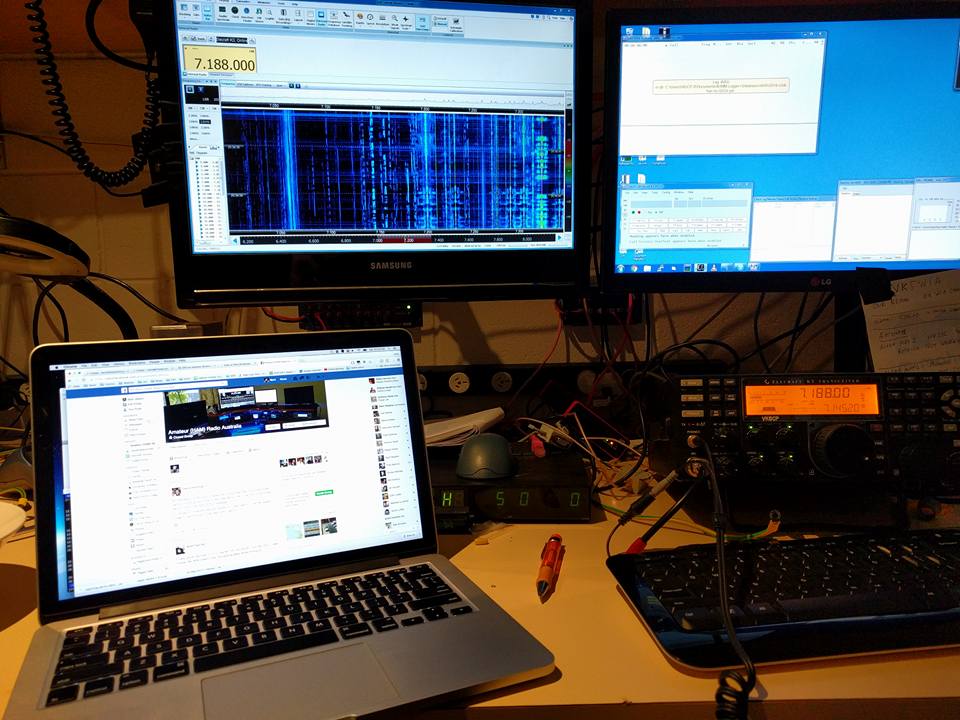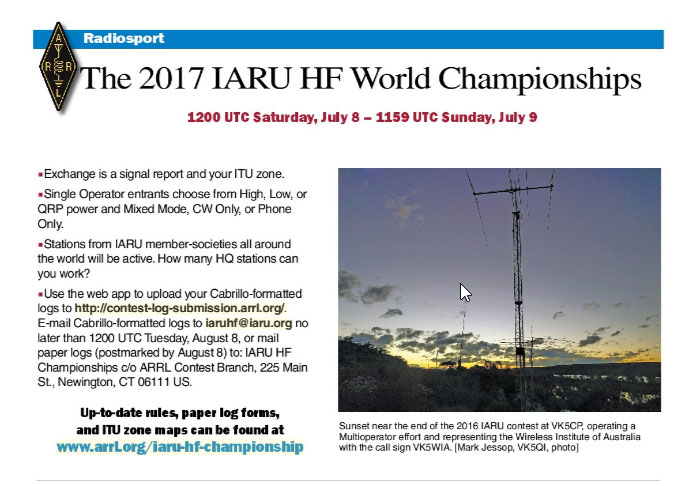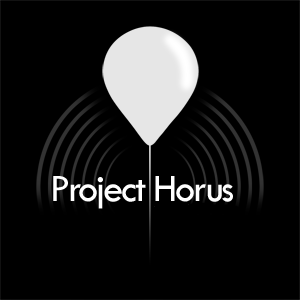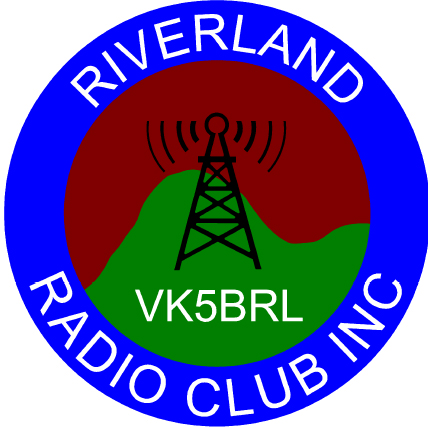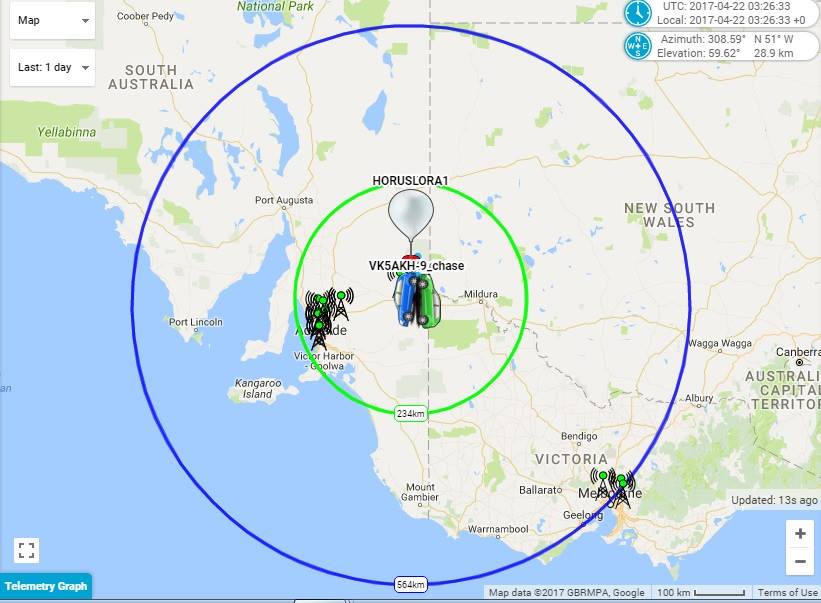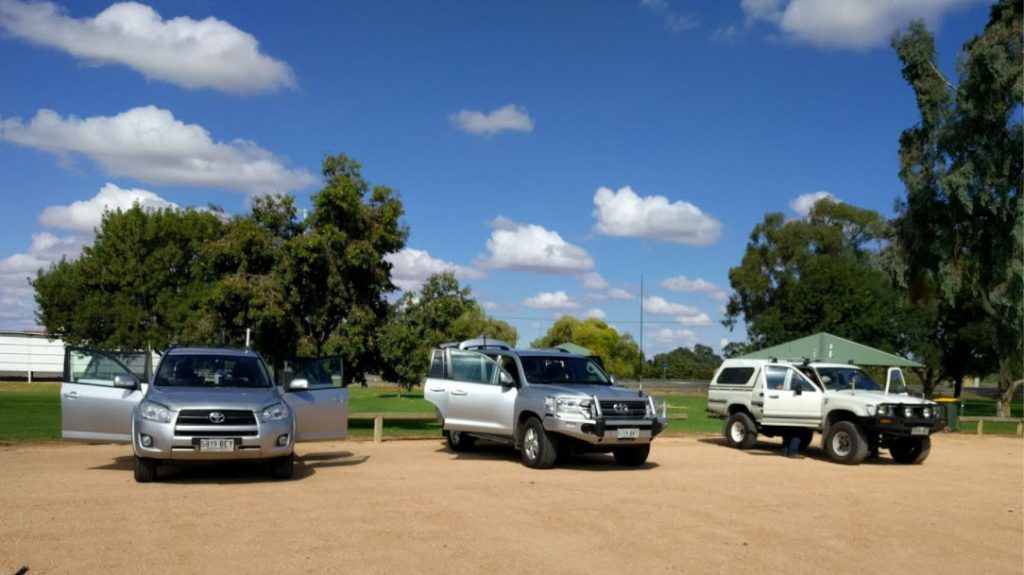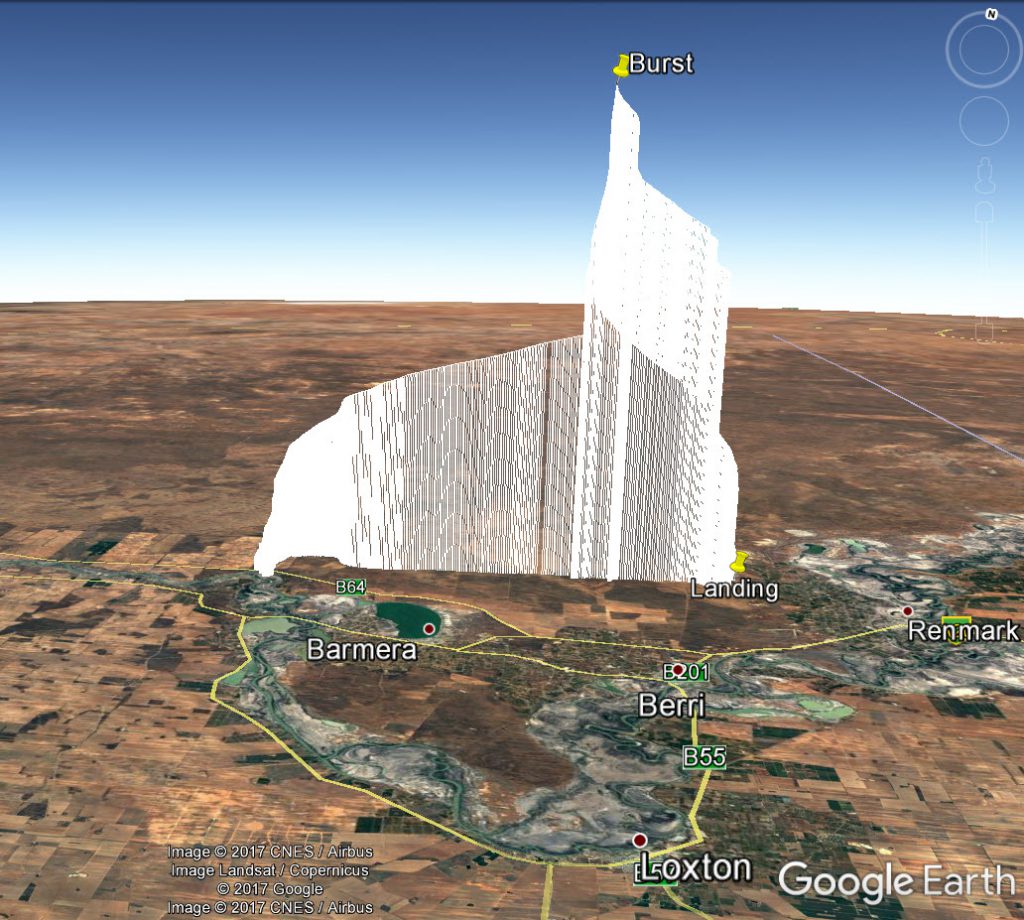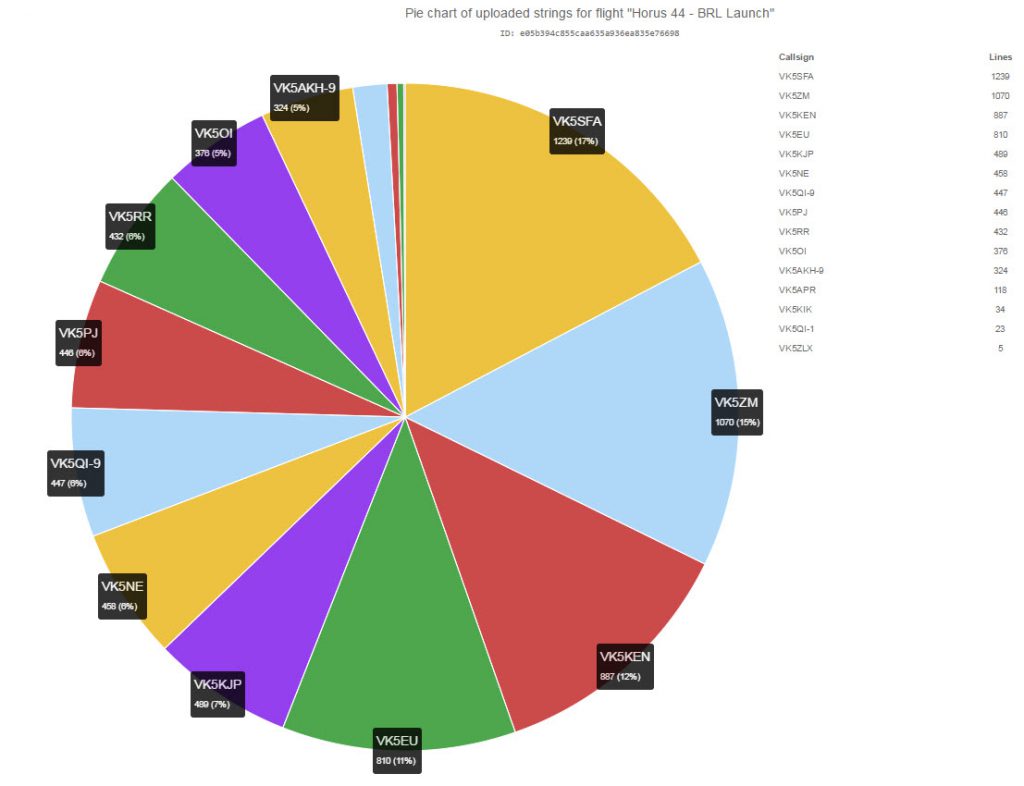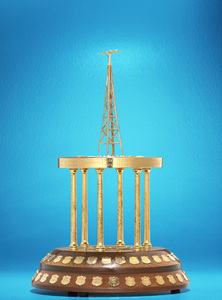
WIA RD Trophy
The weekend of August 12-13th once again saw the running of the Wireless Institute of Australia’s annual Remembrance Day Contest. While AREG did not mount a club station, the club did encourage as many members as possible to get out there on the air! The members didn’t disappoint with 7 members active over the weekend.
Three members put together a team entry, known as “AREG: Team One”. The teams category is an additional endorsement available for the contest where pre-nominated teams scores are aggregated. Pitched at clubs and groups, it is a great way to foster comraderie among members. The other members each put in individual efforts.
AREG: Team One – Grant VK5GR, Mark VK5QI and Marcus VK3TST (aka VK5WTF)
Grant, Mark and Marcus joined together to run a team entry this year. Mark VK5QI ran from home, and managed with the help of a borrowed tuner to operate on 160 and 80m as well during the contest. Meanwhile Marcus and Grant elected to run portable operations.
Marcus this year again used an SO2R setup (Single Operator 2 radios) from a location inside the Murray Sunset National Park (hence he used VK3TST).
Meanwhile Grant VK5GR went north west and operated from Tickera on the eastern shores of Spencer Gulf. No SO2R but three different antennas were tried,including a 160m dipole, a G5RV for 80-10m and a elevated feed folded monopole which could be tuned from 40m to 6m. The purpose for the antenna mix was to gauge the effectiveness of the vertical, which is the antenna Grant will be taking to Niue in the South Pacific in September (where he will operate as E6AG – see e6ag.net for details).
Theo VK5MTM Portable
Also out in the field was Theo VK5MTM who operated for a few hours from the back of his car! Now there is dedication for you!
Home Stations
Operating from home, we also had Chris VK5SA who said “62 unique contacts in around 4 hours of operation, in around 6 blocks. Mainly 40m, with some huge signals on 20 from VK6 and VK4”.
Peter VK5KX also put in an effort and was worked several times by Grant VK5GR and others from the club.
Also on air was Chris VK5CP who operated his remote station from the comfort of his lounge room {smile}. Way to go Chris!
Conclusion
All up a lot of fun was had by all, playing what amounts of electronic pokemon where you are competing against the other operators and the ionosphere. Rumour has it a number of points records have fallen this year according to Alan VK4SN, the contest manager, so it will be interesting to see if any of the AREG team place anywhere in the rankings this year.
Thanks to everyone who participated around Australia for making this year’s RD Contest yet another great event.

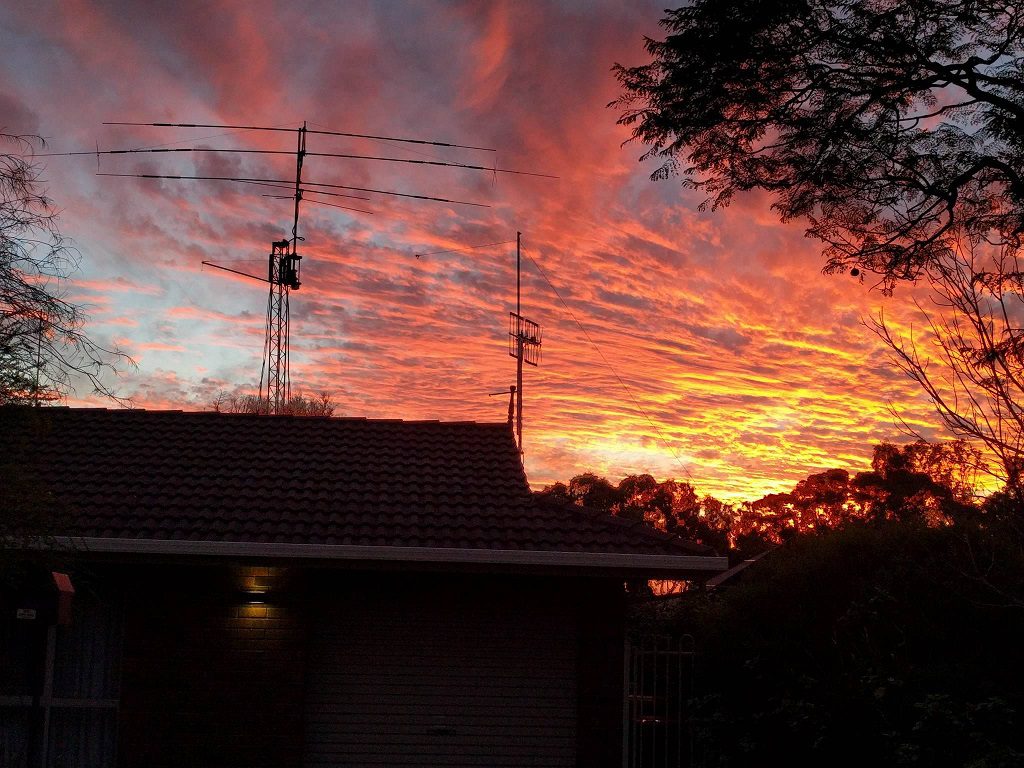
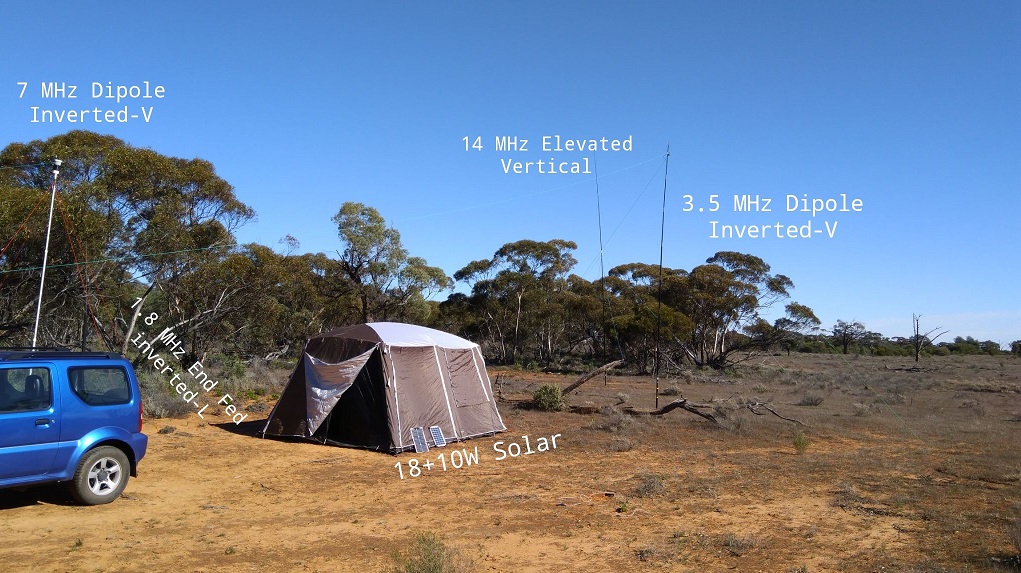






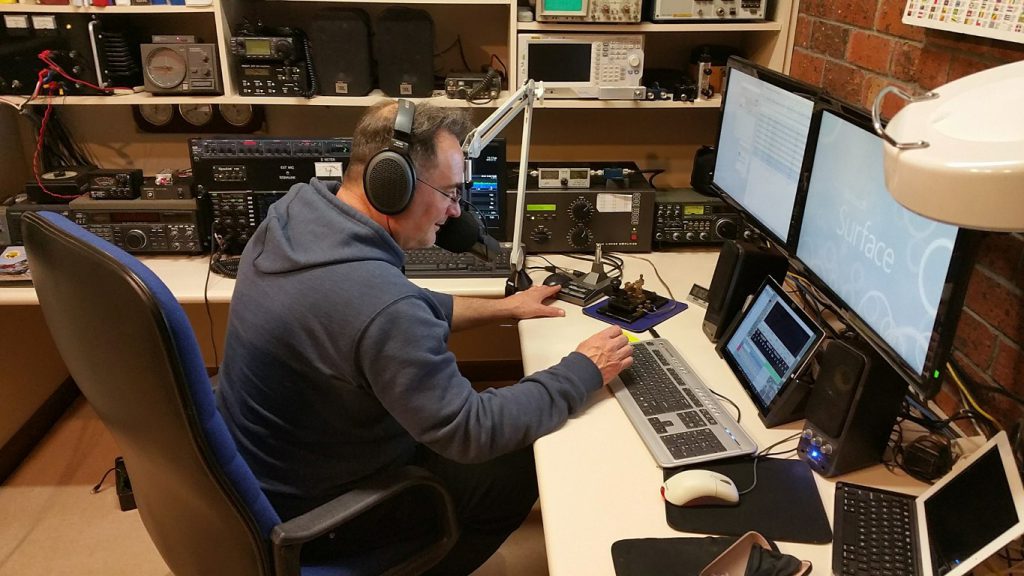









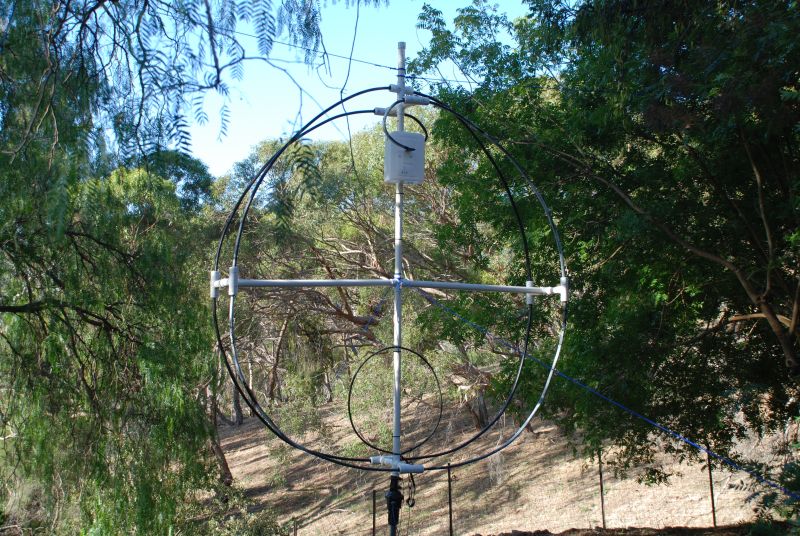
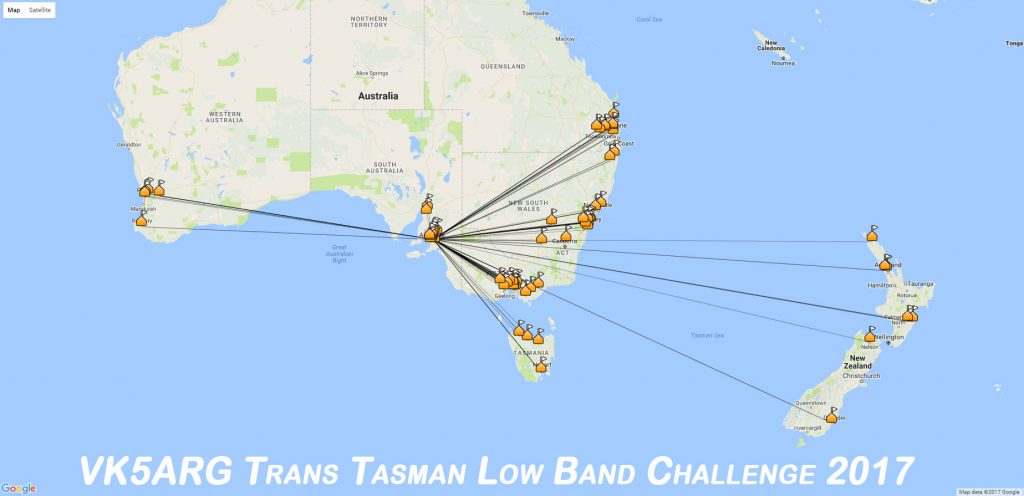
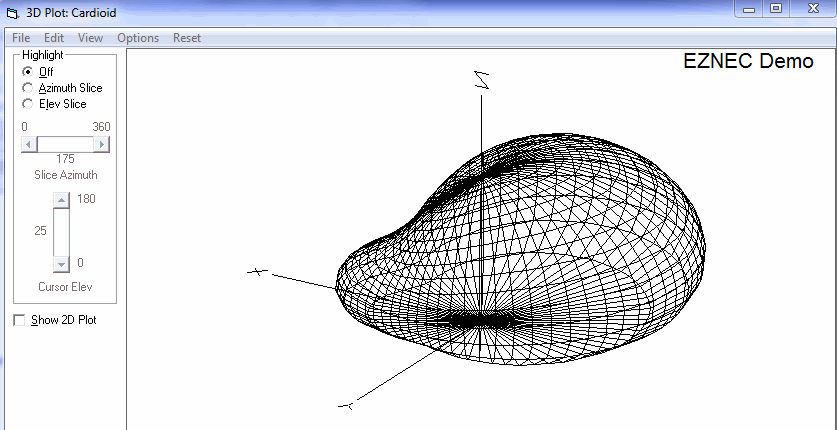 The next AREG meeting will be held on Friday 21st July, starting at 7.45pm at the Reedbeds Community Centre, Fulham.
The next AREG meeting will be held on Friday 21st July, starting at 7.45pm at the Reedbeds Community Centre, Fulham.